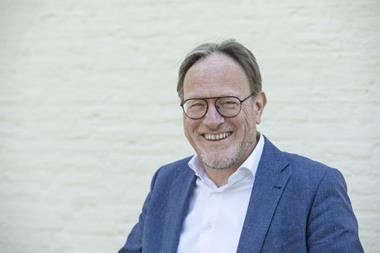NETHERLANDS – Stichting Pensioenfonds ABP, Europe’s biggest pension fund, expects the return on its 160 billion-euro portfolio over 2005 to come in at between four and five percent.
This number lies below ABP’s long-term target of 7% annually. It is also lower than the 11% and 6.5% returns the fund made in 2003 and the first three quarters of 2004 respectively.
ABP’s portfolio consists of 36% equities, 44% fixed-income and 20% alternative investments.
In an article in Holland’s Financieele Dagblad, ABP’s head of global markets research Wim Barentsen cited the “slowly increasing capital market interest rate, which leads to losses on the fixed-income portfolio,” as the main reason for the drop.
“The capital market interest rate in the US and Europe lies around 4%; ten-year real returns are less than 2%, in spite of strong growth in large parts of the world, a shift in American monetary policy and higher budget deficits. It appears that, in the long term, low interest rate levels such as this will not be combined with healthy economic growth.” As a result, Barentsen warned, inflation might be making a comeback.
However, he also pointed out the “sunny side” of rising interest rates: an increase in future returns. Barentsen said he expected the return on ABP’s portfolio to crawl back up to 7% annually, based on the assumption ten-year rates move towards 5% in the 2005-2006 period.
Barentsen warned there were risks attached to this scenario. An inflation threat will lead to a shift in priorities for the central banks, he argued. ABP’s head of global markets research further cited strong rises in oil prices and less demand in the US and Europe as risk factors, which could lead to “downward pressure” on interest rates. “For pension funds, such a scenario is ‘the worst of both worlds’, because they will get hit on both sides,” he concluded.
ABP, which last week won the IPE Gold Award for best performing pension fund in Europe, looks after the pensions of some 2.4m people in service of the Dutch government and educational sector.












No comments yet